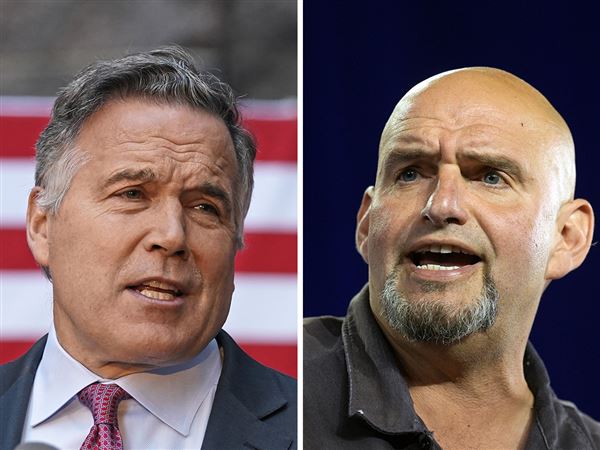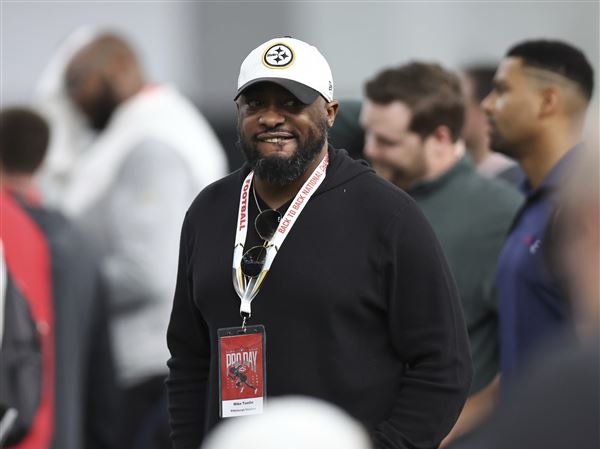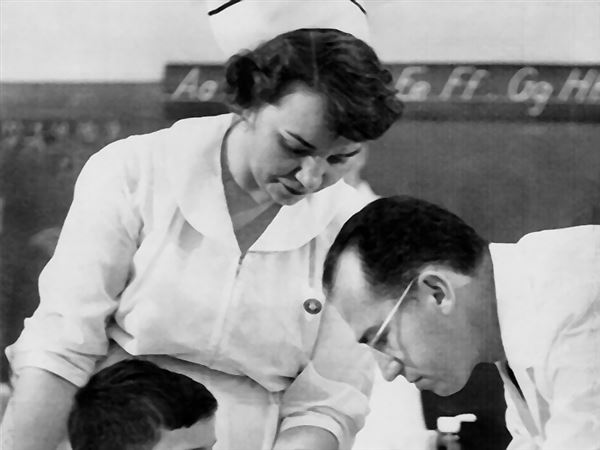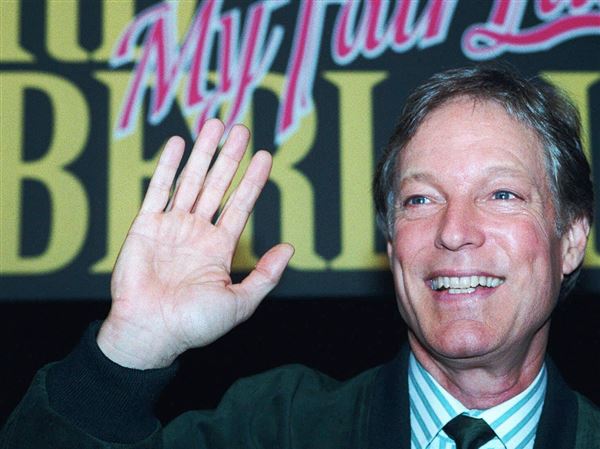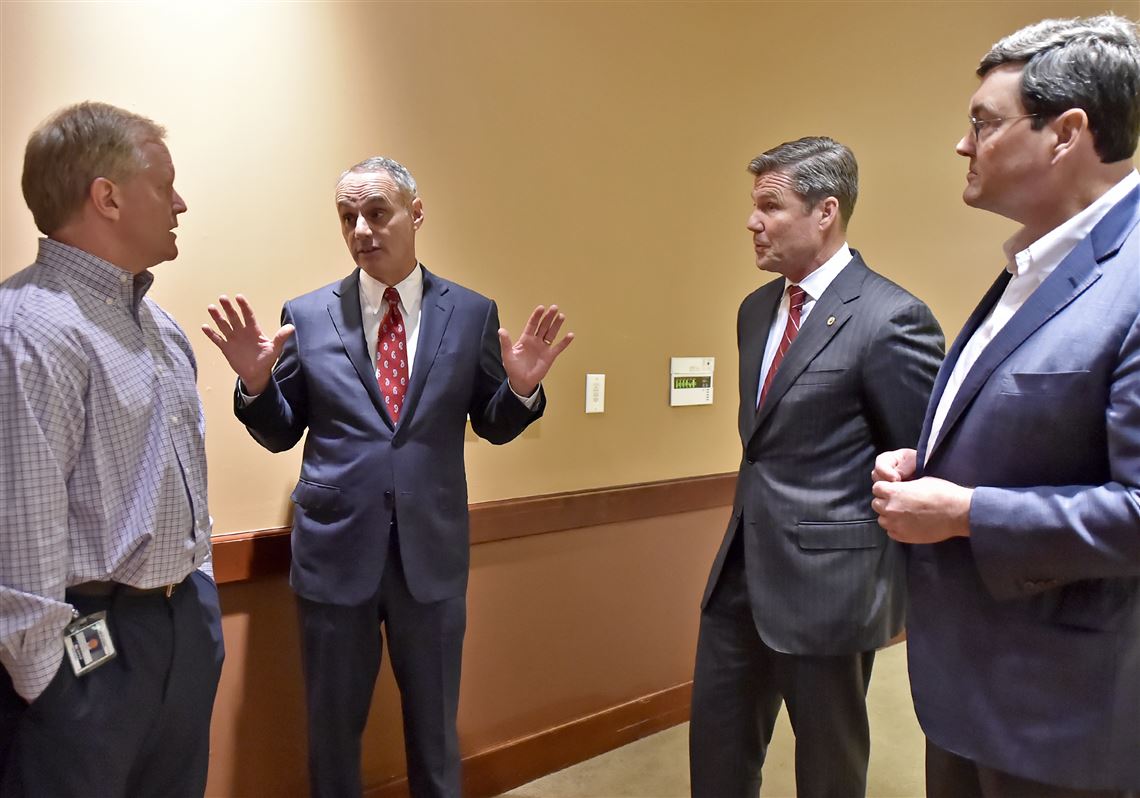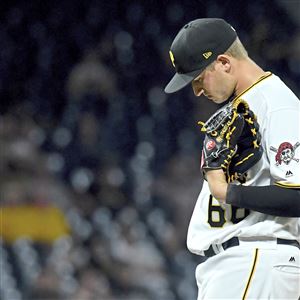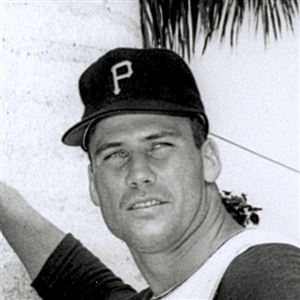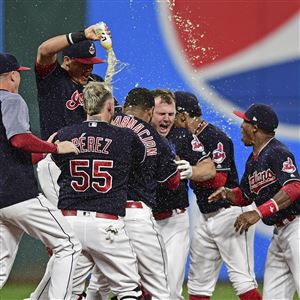If you’ve been on the Internet in the past couple of years, you’ve seen the Jonah Hill gif.
The actor is on the phone, wearing an Oakland Athletics hat, pumping his fist. He has just persuaded Oakland co-owner Stephen Schott to loosen the purse strings for Ricardo Rincon. Hill plays Peter Brand, an assistant to A’s general manager Billy Beane, in the movie “Moneyball.”
Brand does not exist. Longtime executive Paul DePodesta does, but he did not want his name used in the movie, so Brand was born. Brand is the same character who tells Brad Pitt’s Beane, “Your goal shouldn’t be to buy players. Your goal should be to buy wins.”
Executives can’t do that. What they can do is quantify how much it would cost if they could, a hypothetical exercise that both informs their decision-making process and illustrates the slim margin for error under which small-market teams such as the Pirates operate. You can be the smartest team in the league, but a smaller payroll amplifies the effect of regression, injuries, suspensions and transgressions. Now that smart people are running the big dogs, too, small-market teams need their players outperform their contract more often than not to have a chance.
Even as the Pirates payroll increased from $44.1 million in 2010 to $99.9 million last season, it has ranked no higher than 23rd out of 30 Major League Baseball teams, despite other clubs in similar market sizes — St. Louis, Milwaukee, Cleveland, Kansas City — fielding payrolls between $100 million and $153 million. A drastic reduction in attendance bodes poorly for the 2018 payroll.
Concerning as those numbers are, Pirates general manager Neal Huntington can only spend what owner Bob Nutting gives him, hence the importance of finding players who outperform their contracts.
“If you have [lower] payrolls, you have to get significant value outside of the free-agent market,” Huntington said. “And that becomes players that are pre-arbitration, players that are arbitration eligible, or when you sign a free agent, you’re looking to get more than just a dollar-for-dollar value of the contract.”
The calculation of WAR is predicated upon how much better or worse a player performs than the hypothetical minor leaguer a team would call up to replace him. If a team ran out 25 such minor leaguers for 162 games, it would win about 52 of them. Huntington said the current value of a win is $7 million to $9 million, so to build a playoff-caliber team through free agency under this construct, the payroll would approach $300 million.
Only three or four teams have the financial wherewithal to operate this way, but no team actually does. Cody Bellinger and Aaron Judge are making less than $600,000 and providing the Los Angeles Dodgers and New York Yankees with outstanding return on those salaries. Every team has pre-arbitration or arbitration-eligible players who drastically outperform the relative pittance they earn because of the collectively bargained salary structure.
Even if a team wanted to operate that way, they couldn’t, because they can’t see the future. Determining the value of a win relies on looking at how past production influenced future salaries. Front offices try to pay for future production, which requires accurate projections of performance, and even those can’t bake in the human element.
“In the small markets in particular, it’s important that we project that that player’s going to continue to perform at that rate,” Huntington said. “And as clubs do that throughout the industry we get reminded that our hit rate [about 50 percent] is not where we’d like it to be, and that is not factored into the win above replacement.”
Successfully navigating free agency means signing players who will provide value relative to their salary. The website fangraphs.com calculates and sorts such value. This year, the leader in performance with regard to his contract is Houston Astros second baseman Jose Altuve. He has 6.9 WAR, according to Fangraphs, but is only making $4.5 million. At around $8 million per win, that production would cost $55 million in free agency — if a team wanted to purchase Altuve’s exact production and were guaranteed to receive it, that’s what it would cost.
For the Pirates, Andrew McCutchen is outperforming his contract: 3.3 WAR, $26.1 million on the open market, and he’s making $14 million. So are Josh Harrison, David Freese and Jordy Mercer. By producing 0.3 WAR, John Jaso’s 2017 season would be worth $2.6 million on the open market, less than his $4 million salary.
The Pirates have had success in finding value in the past. Francisco Liriano produced $68 million worth of value from 2013-15 while earning $11 million in salary in those seasons. Their rebuild of Edinson Volquez produced positive value. This year, despite his second half, Ivan Nova has outperformed his $7 million salary (1.7 WAR, $13.6 million) but Daniel Hudson is at 0.0 WAR while making $5.5 million.
No exact value exists — Huntington gave a range of $2 million — and any method of calculating it requires assumptions regarding health, the aging curve and inflation. Even if teams value a player the same way, their payroll dictates how they implement that value.
“You’re starting to see clubs where, that $5 million to $6 million gamble is becoming a $10 million to $15 million gamble, and that’s just pure margin for error,” Huntington said. “The Dodgers and the Cubs and the Yankees and the Red Sox and the higher-payroll teams are able to take that gamble to another level because it’s still a smaller percentage of their payroll than what a $6 million gamble would be to a small-market team.”
Huntington said he wanted the Pirates to meet certain parameters before he signed his contract extension, including recognizing and rewarding the behind-the-scenes members of the organization. Those members are the ones responsible for scouting, development and data analytics needed to find an edge, an untapped resource, a way to identify which players will earn their paycheck and then some.
That’s a strategy Peter Brand might endorse.
Bill Brink: bbrink@post-gazette.com and Twitter @BrinkPG.
First Published: September 18, 2017, 2:47 p.m.

